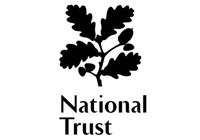- Home
- Castle Life
Castle Life
Life in a medieval castle was incredibly varied and busy, full of life and noise and smells and very cold in winter. There would have been a frenzy of domestic activity, a constant commotion in the kitchen, preparations for celebrations and religious worship in the castle's chapel.
Life in a Medieval Castle would have also included military activieties. Knights and Soldiers would have practiced their skills to defend the Castle in case it came under siege and many different obstacles were built to defend a medieval castle
Castles were both an exciting place for family life but also dangerous places during times of war and sieges. They were homes as well as fortresses.
Discover more about the people who lived and worked in castles, from the King and Queen, Lord and Lady, Knights and Soldiers, Entertainers and the poor Servants, who had to do a lot of hard and sometimes very unpleasant work.
THE LORD AND LADY OF A CASTLE
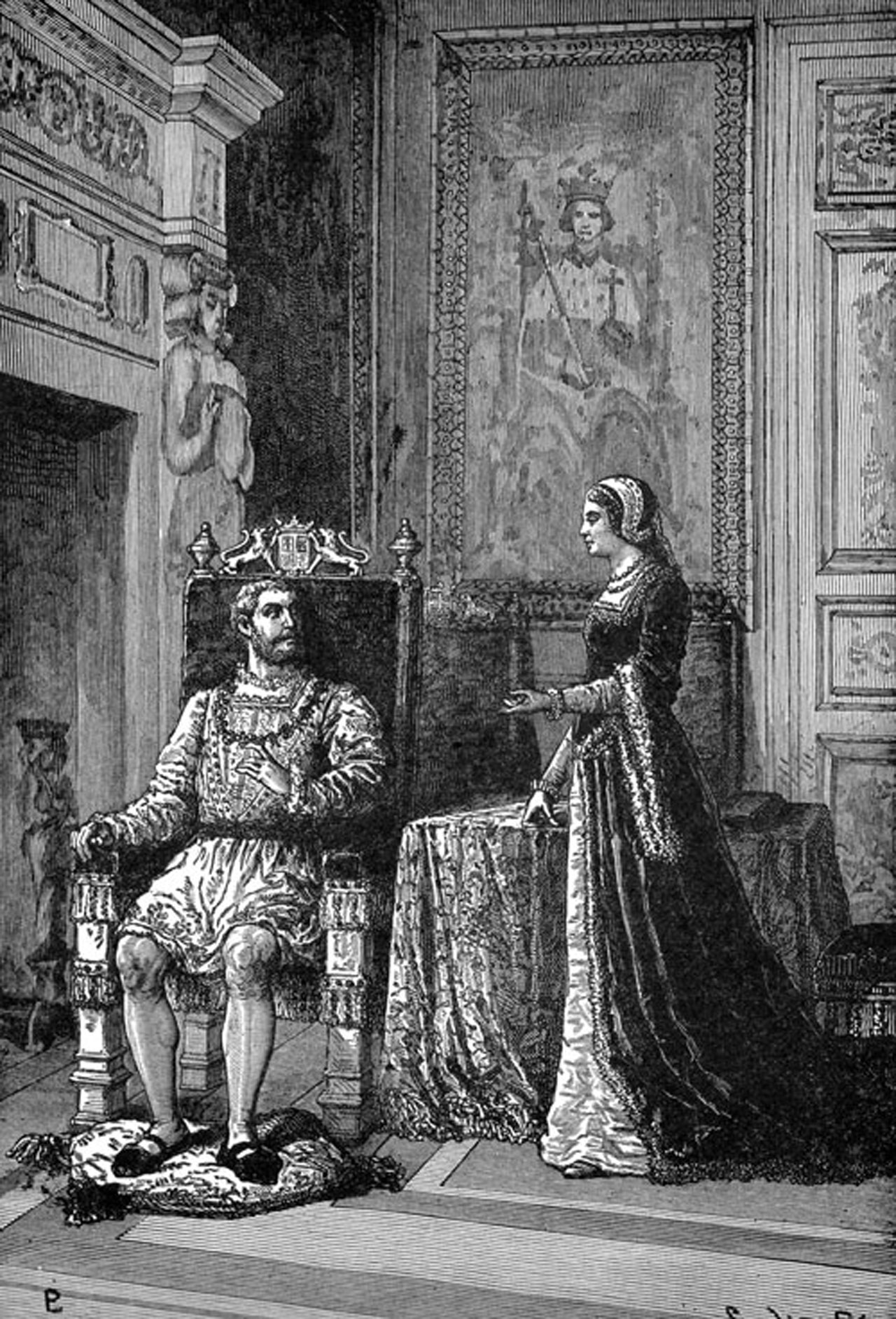
The Lord and Lady were the heads of the household but the Lord would often be away to attend to other duties. This may have included attending to matters of business or politics in London or to supervise and participate in military activities. Often, the Lord would own more than one property and had to divide his time among all of them. His powers were numerous and included the policing of his territory. He would collect rent from his subjects, attend to legal matters and was even allowed to mint his own coins.
The Lady of the Castle would spend much of the day overseeing the work of her ladies-in-waiting and her chambermaids. She would supervise activities in the kitchen and check on her large group of weavers, spinners and embroiderers who would produce a range of medieval clothing.
Ladies were also responsible for educating young pages, who at the age of 7 came to the castle to learn reading, hunting, writing, music and dance. In the absence of the Lord, the Lady of the Castle would be in charge of the day to day domestic affairs which could prove to be quite challenging at times.
THE KNIGHTS
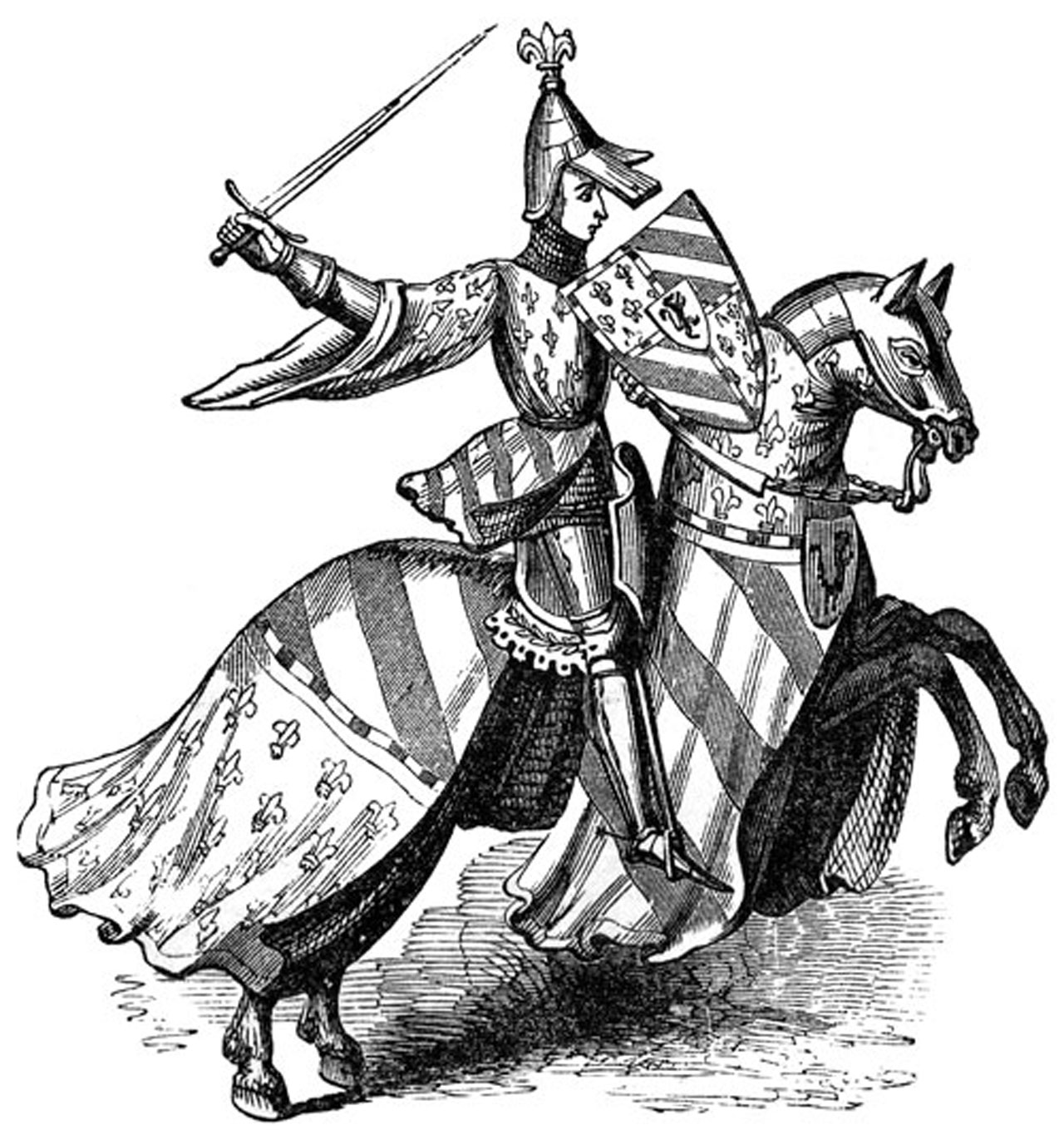
Medieval Knights were expected to serve their lord, fight for him and protect him in the event of a war or other disputes. Knights would therefore be entrusted with the defense of a castle and were expected to fight with bravery and courage.They normally lived with lords in their castle and were given lodgings, weapons, food and other priviledges in exchange for their military services.
Medieval Knights had to go through years of training in the use of weapons, horsemanship and warfare.They specialized in armored combat from horseback and used weapons such as longswords and lances.They adhered to the Code of Chivalry, which included courtly etiquette, gallant bravery and strength in battle and devotion to the Christian faith.
A knight would start life in a castle as a Page and then move up to a Squire's role. They came from a noble background and were typically sons of knights or lords. Their early training included academic studies and hunting. They would also assist older knights in battle, carrying and cleaning armor, taking care of horses and packing the baggage. At age 21 the squire was eligible to be knighted. The knighting ceremony was usually held during a great feast or holiday like Christmas or Easter, and sometimes at the wedding of a noble or a royal.
THE SOLDIERS
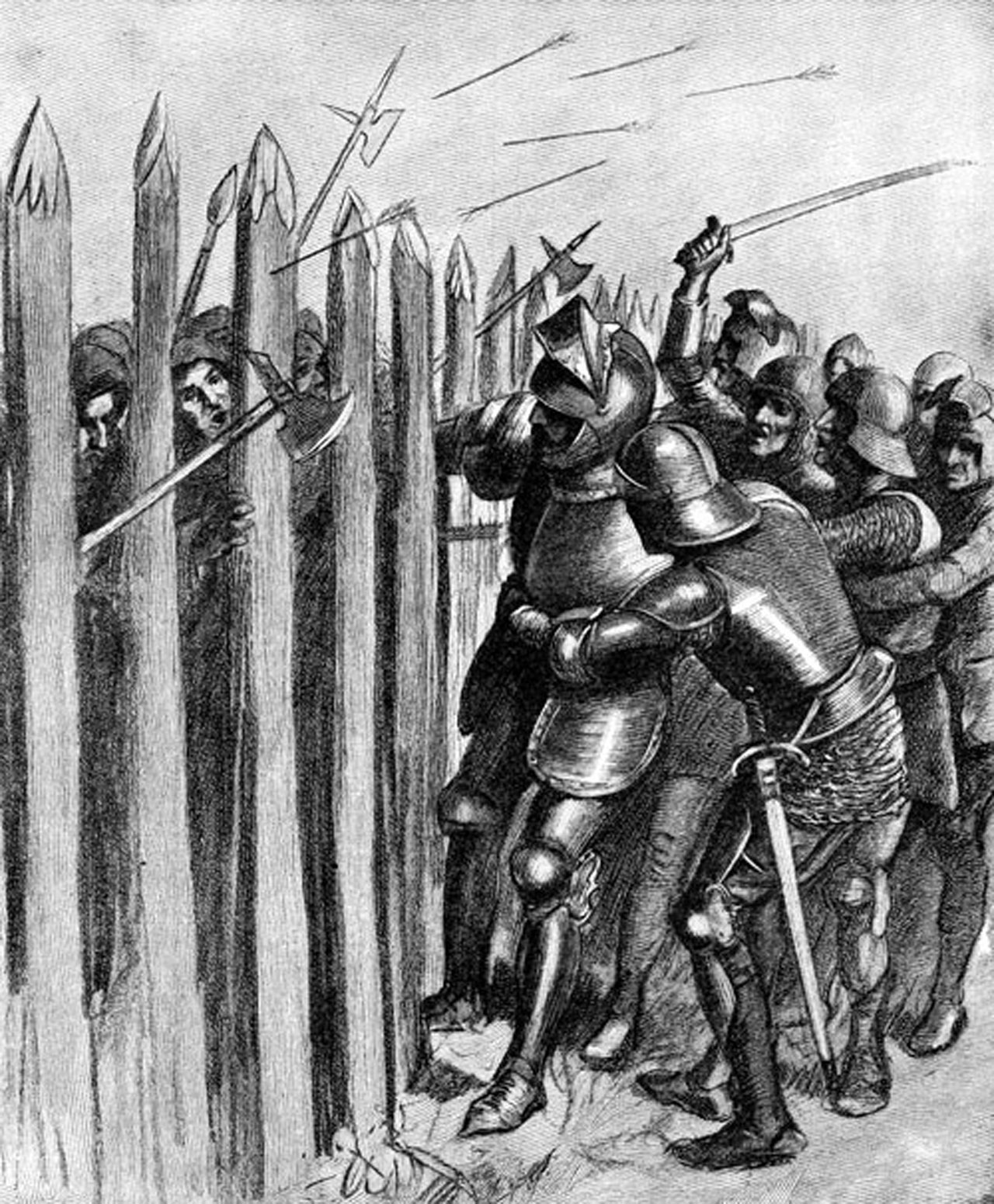
Soldiers were a vital part of castle life as they needed to defend the castle. They included knights, squires, guards, watchman and men-at-arms. All were prepared to defend their lord and his household in an instant. In peacetime only a few of them lived in the castle to perform duties such as to open gates, operate the drawbridge and watch out for robbers. But when an attack was imminent as many soldiers as a castle could hold would be called upon.
Many castles had tall cross-shaped loops in the walls for longbow men to shoot from. For hand-to-hand fighting soldiers would use swords,spears and axes. Foot soldiers were often stationed inside the Castle Gatehouse to defend the Castle Entrance. Castle guards would pour hot liquids and hurl stones through murder holes at the castles entrances and Castle Gatekeepers were very important as they protected the weak entrance points of a castle.
ADMINISTRATION AND HOUSEHOLD
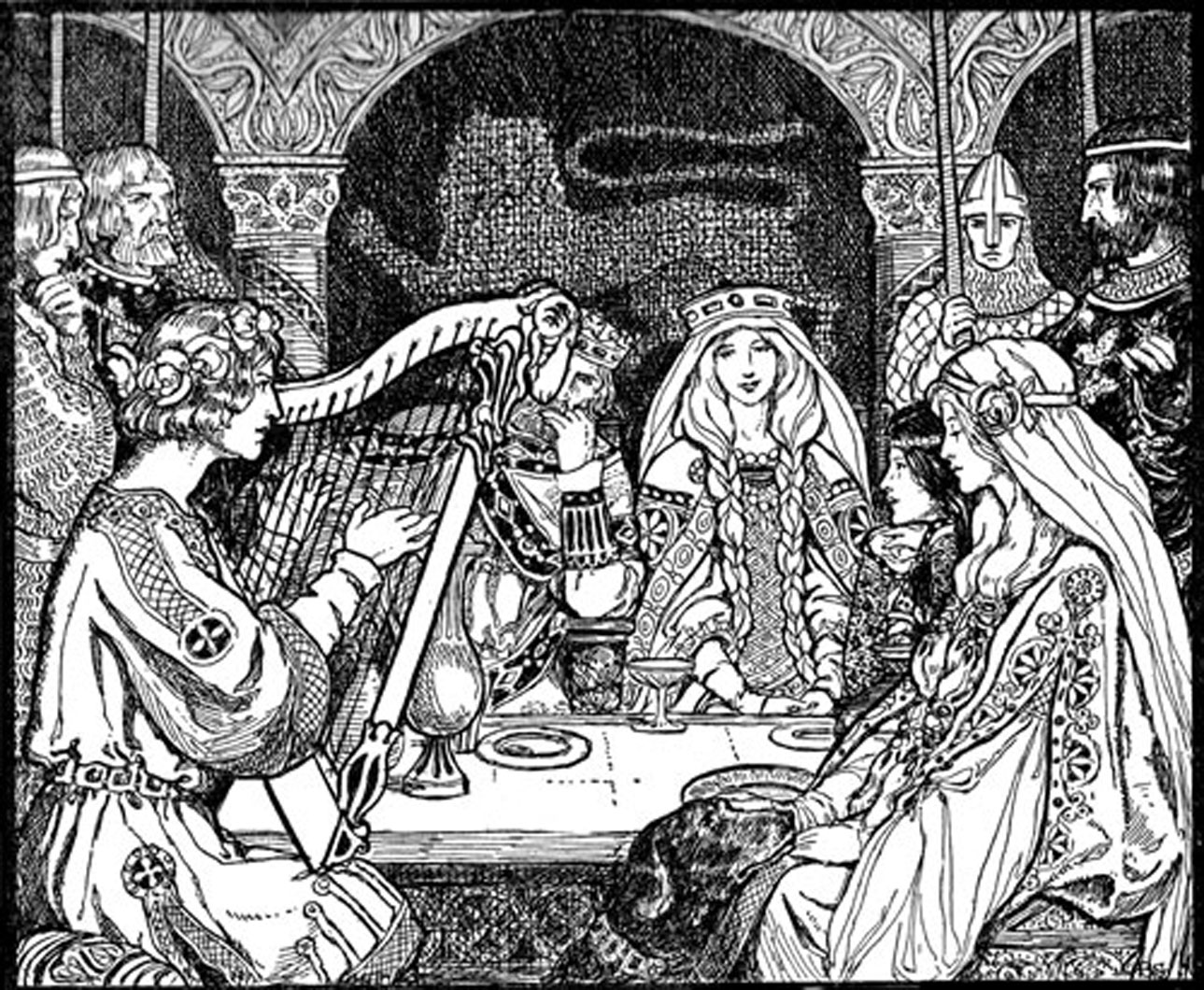
Life in a medieval castle followed a very hierarchical structure and this was also true with the Servants, who were normally men. Servants made up the bulk of the people who lived in a castle. They had to perform a variety of duties from cleaning latrines to grooming horses, from storing and preparing food to working as gatekeepers and esquires. Some servants fulfilled the roles of cleaners, footmen, gardeners and maids.
High ranking servants had assistants that helped them perform their tasks. These would usually be younger boys like grooms and pages but often musicians, entertainers and other artists would be employed as well.
Because of the military nature of the medieval castle household the composition was predominantly male. Many of the male servants were military personnel like the gatekeeper, but there would be servants entirely devoted to domestic tasks.
Medieval Servant Ranks
- The Steward had the overriding responsibility for the domestic affairs of the household.
- The Chamberlain took care of the personal well-being of the Lord and his family and looked after the chamber or private living quarters.
- The Master of the Wardrobe took care of the clothing and other domestic items.
- The Marshal was responsible for the castle's defence and looked after the stables and horses of the household. He was also in charge of discipline. The Marshal and other high ranking servants would have assistants helping them with their tasks.
- The Chaplain was usually an ordained priest and would provide spiritual giudance and pastoral care for the castle community.
- The Entertainers included acrobats, jesters, troubadours and actors. Some toured and stayed in different places. Others were permanently employed by a lord of the castle.
THE COOK AND KITCHEN STAFF
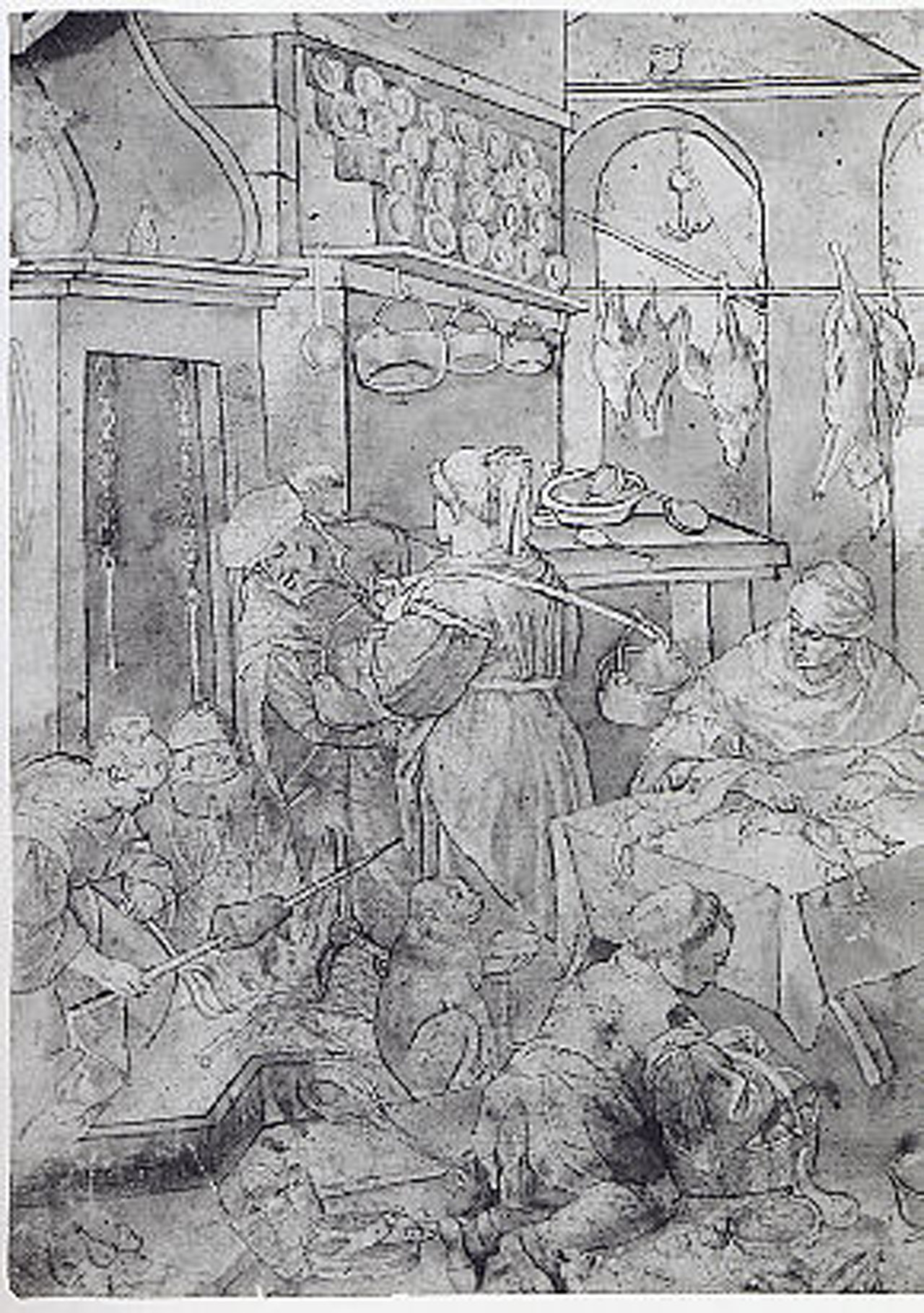
Food was prepared in large kitchens, often away from the main building to reduce fire risk. At times the Cook had to feed a large number of people two meals a day. Food included plenty of different meats and bread, cereals, vegetables and seafood. Herbs and Spices were usesd a lot and also dairy products. Medieval Drinks included wine, beer, mead and spirits.
A Baker would have baked bread from white wheat for the Lord and his family and rough loaves from barley and oats was baked for servants.
Medieval kitchens were hot and noisy with massive fireplaces for spit-roasting meat and there were many ovens and cauldrons for boiling.
